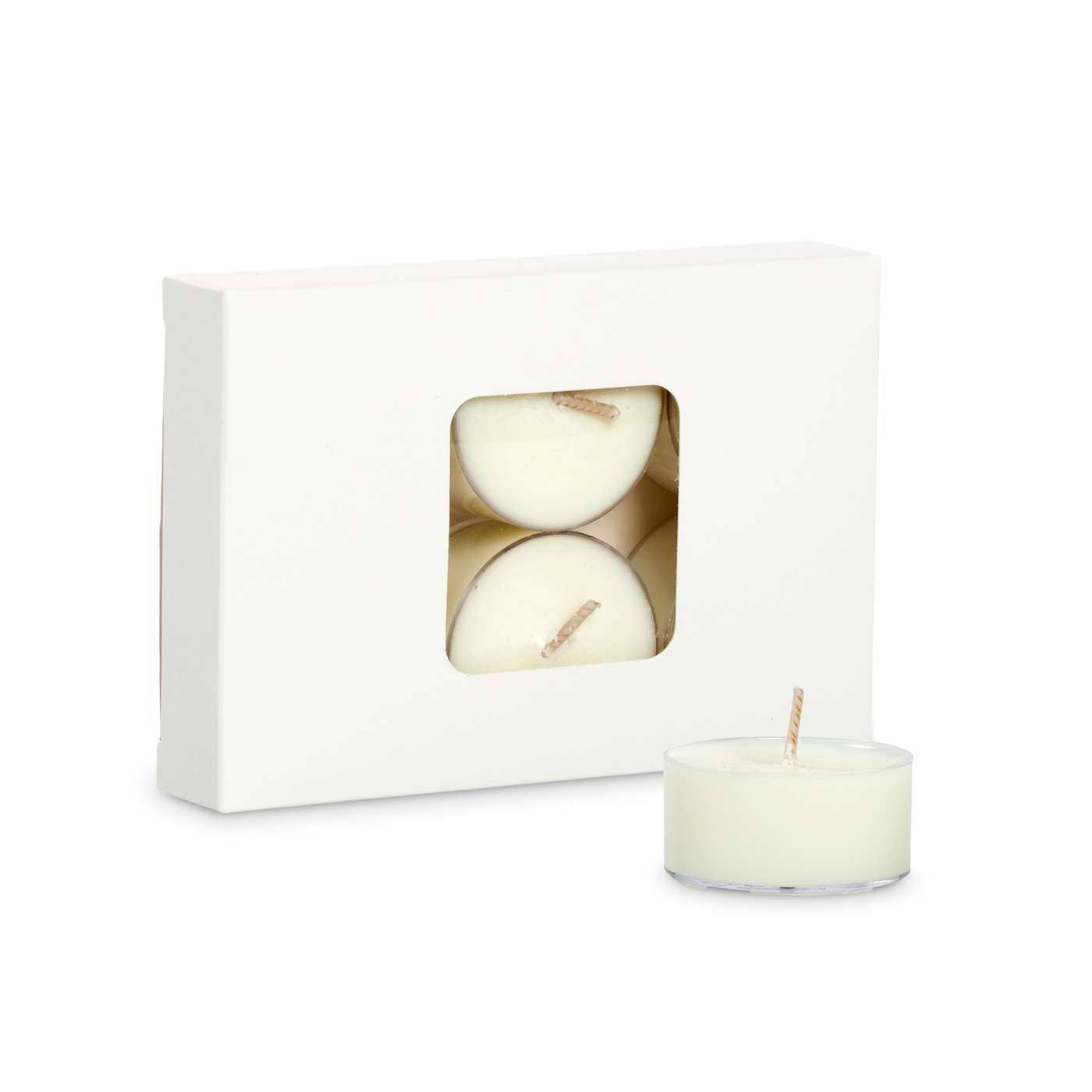Check out the Globe of Crystal Soy Candles and Home Fragrance Delights
Check out the Globe of Crystal Soy Candles and Home Fragrance Delights
Blog Article
From Wick to Wax: Understanding the Chemistry Behind Soy Wax Candles and Their Ecological Influence
As we brighten our rooms with the cozy glow of candles, there exists a world of detailed chemistry behind the apparently basic act of lighting a soy wax candle light. The choice between soy and paraffin wax prolongs past simple looks, diving into the realm of ecological effect and the very composition of the products. Understanding the molecular framework of soy wax and its combustion procedure drops light on the exhausts released into our environments. Join us as we untangle the scientific details behind soy wax candles and explore their ramifications on our environment.
Soy Wax Vs. Paraffin Wax
When contrasting soy wax and paraffin wax for candle production, it is crucial to recognize the distinct qualities and advantages of each material. Soy wax is a natural, renewable energy originated from soybean oil, making it environmentally friendly and biodegradable - home fragrance. On the other hand, paraffin wax is a by-product of petroleum refining, which increases issues about its environmental influence and sustainability
Soy wax candles shed cleaner and emit less soot compared to paraffin wax candle lights, making them a healthier option for interior air top quality. Furthermore, soy wax has a lower melting point, allowing for a longer-lasting candle light that disperses scent better. Paraffin wax, on the other hand, tends to shed faster and much less easily, possibly releasing unsafe chemicals right into the air.
From a sustainability point of view, soy wax is favored for its biodegradability and eco-friendly sourcing, straightening with the expanding customer choice for ecologically aware items. While paraffin wax has actually been a standard choice in candle light making due to its price and ease of use, the shift in the direction of green choices like soy wax is obtaining energy in the market.
Chemical Structure of Soy Wax

Combustion Refine in Soy Candles
The chemical make-up of soy wax straight influences the burning process in soy candle lights, influencing aspects such as burn time, aroma release, and ecological impact. When a soy candle light is lit, the heat from the flame melts the wax near the wick. This fluid wax is then formulated the wick because of capillary action. As the liquid wax reaches the fire, it goes through and vaporizes combustion. The burning process entails the vaporized hydrocarbons in the wax responding with oxygen in the air to create warm, light, water vapor, and carbon dioxide.
The combustion performance of soy candles is affected by the purity of the soy wax and the quality of the wick. A clean-burning soy candle light with an effectively sized wick will certainly lessen and create a constant fire soot development. This not just expands the shed time of the candle but likewise improves the release of fragrances. he has a good point Furthermore, soy wax candles have a lower environmental effect compared to paraffin candles as a result of their renewable and naturally degradable nature.

Ecological Benefits of Soy Wax

Considered a lasting alternative to standard paraffin wax, soy wax uses notable environmental benefits that make it a popular selection amongst eco-conscious consumers. Soy wax burns cleaner and generates less residue than paraffin wax, adding to far better interior air top quality and decreasing the requirement for cleansing and upkeep. Overall, the ecological benefits of soy wax line up with the expanding demand for environmentally friendly and sustainable items in the market.
Recycling and Disposal Considerations
Reusing and proper disposal of soy wax candles play an important function in keeping environmental sustainability and minimizing waste in neighborhoods and families. The initial step is to make sure that the candle has burned totally when it comes to reusing soy wax candles. This can be accomplished by permitting the candle to shed until the wick is no more functional, and after that allowing the staying wax cool and strengthen. When the wax has solidified, it can be meticulously gotten rid of from the container.

In terms of disposal, if recycling is not an alternative, soy wax candle lights are check it out naturally degradable and can be safely thrown away in the majority of family waste systems. However, it is constantly recommended to consult neighborhood recycling facilities or waste administration solutions for details standards on candle disposal to guarantee correct handling and environmental management.
Verdict
In verdict, the chemistry behind soy wax candle lights exposes their environmental benefits over paraffin wax candles. Soy wax, originated from soybean oil, burns cleaner and generates less soot when contrasted to paraffin wax. The burning process in soy candles is extra efficient, leading to a longer and extra even burn. In addition, soy wax is eco-friendly and eco-friendly, making it an extra lasting selection for candle explanation light manufacturing. Recycling and appropriate disposal of soy wax candles even more add to their environmental impact.
When comparing soy wax and paraffin wax for candle light production, it is necessary to comprehend the distinct attributes and benefits of each product (home fragrance).Soy wax candles burn cleaner and discharge less soot compared to paraffin wax candle lights, making them a much healthier choice for indoor air top quality.Considered a sustainable option to typical paraffin wax, soy wax uses remarkable ecological benefits that make it a preferred option amongst eco-conscious consumers. Soy wax burns cleaner and generates much less soot than paraffin wax, adding to better indoor air top quality and minimizing the requirement for cleaning and upkeep.In verdict, the chemistry behind soy wax candle lights reveals their ecological benefits over paraffin wax candles
Report this page